
One of the most impressive experiences for the people that love art is the fact of being in a space that makes you tremble not just in one but in three dimensions. In one dimension for the piece of art that you are looking, and in three for the space itself that makes you admire that piece of art.
Ernst Beyeler couldn’t have done less than ask one of the best architects of the time to design a museum in which he could expose the collection of art that he has.
Renzo Piano materialized the desire of an art sponsor creating appropriate spaces for admiring and exhibiting great sculptures and paintings.
I consider the responsibility of the architect is not all about spaces and scale but also to dignify the art itself when it is exposed.
Practically, maybe Yoshio Taniguchi understood the new formats of the abstract art and proposed bigger scales for the art observation inside a Museum. The New York Museum of Modern Art MOMA, in spite of the controversial points of view, answers to a specific need that ancient museums didn’t take in consideration in their architectural programs. The game between heights and bridges creates a proper space to host paintings and sculptures of a bigger scale and helps the observation of those pieces from different views. In my opinion this space enriches the perception of the objects. Nevertheless, a very bad example of space linked to observation of art is the Reina Sofia Museum in Spain, where Picasso’s Guernica can never be viewed the whole; not even at one single point of the space. It is almost a sin to pass through without noticing that the piece of art by your side is one of the most important creations of the big format artistic expression.
And I am taking about last two examples because the way of presenting a big piece of art in the Beyeler Foundation Museum is, in my opinion, extraordinary. It seems that the space itself could help to keep the attention to the paintings and also could keep time from passing by in a Museum Gallery.
Talking about sensations this museum allows you to observe, invites you to do it and surprises when you are doing it.
There is an interesting interaction between wall-window to limit the space so as the furniture used. The composition of landscape-art, nature-art, humancreation-artpiece feed the eyesight and pleases the body.
One of the most surprising spaces is the corridor-façade that Renzo Piano is proposing. It seems that Switzerland Nature had composed such a perfect piece of art to be admired, and the architect, recognizing that valuable nature piece did complement the Beyeler Collection with the contemplation of it. Sit down and see! Can clearly be the order of this space designer.
Another situation that further on impresses the most is a little cottage that you can admire in the landscape. A landscape that is framed by the façade and the museum is inviting you to observe. It seems that the "feriehaus"has merged in the green Alps landscape and was there to transform the nature into a piece of art with a more spontaneous image and with the dignity to be admired. People that have lived this space somehow envy the owner of that cottage, and we may desire to spend at least one afternoon in that house. Thank God we have Beyeler Museum to sit down and contemplate the sunset… with a nice cottage in a front plane.
Ernst Beyeler couldn’t have done less than ask one of the best architects of the time to design a museum in which he could expose the collection of art that he has.
Renzo Piano materialized the desire of an art sponsor creating appropriate spaces for admiring and exhibiting great sculptures and paintings.
I consider the responsibility of the architect is not all about spaces and scale but also to dignify the art itself when it is exposed.
Practically, maybe Yoshio Taniguchi understood the new formats of the abstract art and proposed bigger scales for the art observation inside a Museum. The New York Museum of Modern Art MOMA, in spite of the controversial points of view, answers to a specific need that ancient museums didn’t take in consideration in their architectural programs. The game between heights and bridges creates a proper space to host paintings and sculptures of a bigger scale and helps the observation of those pieces from different views. In my opinion this space enriches the perception of the objects. Nevertheless, a very bad example of space linked to observation of art is the Reina Sofia Museum in Spain, where Picasso’s Guernica can never be viewed the whole; not even at one single point of the space. It is almost a sin to pass through without noticing that the piece of art by your side is one of the most important creations of the big format artistic expression.
And I am taking about last two examples because the way of presenting a big piece of art in the Beyeler Foundation Museum is, in my opinion, extraordinary. It seems that the space itself could help to keep the attention to the paintings and also could keep time from passing by in a Museum Gallery.
Talking about sensations this museum allows you to observe, invites you to do it and surprises when you are doing it.
There is an interesting interaction between wall-window to limit the space so as the furniture used. The composition of landscape-art, nature-art, humancreation-artpiece feed the eyesight and pleases the body.
One of the most surprising spaces is the corridor-façade that Renzo Piano is proposing. It seems that Switzerland Nature had composed such a perfect piece of art to be admired, and the architect, recognizing that valuable nature piece did complement the Beyeler Collection with the contemplation of it. Sit down and see! Can clearly be the order of this space designer.
Another situation that further on impresses the most is a little cottage that you can admire in the landscape. A landscape that is framed by the façade and the museum is inviting you to observe. It seems that the "feriehaus"




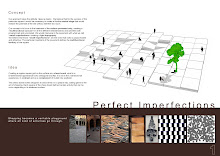

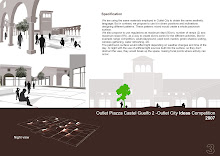
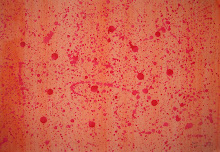
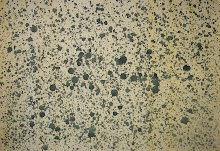
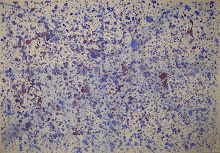
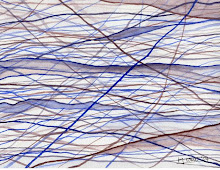

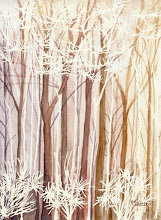
No hay comentarios:
Publicar un comentario